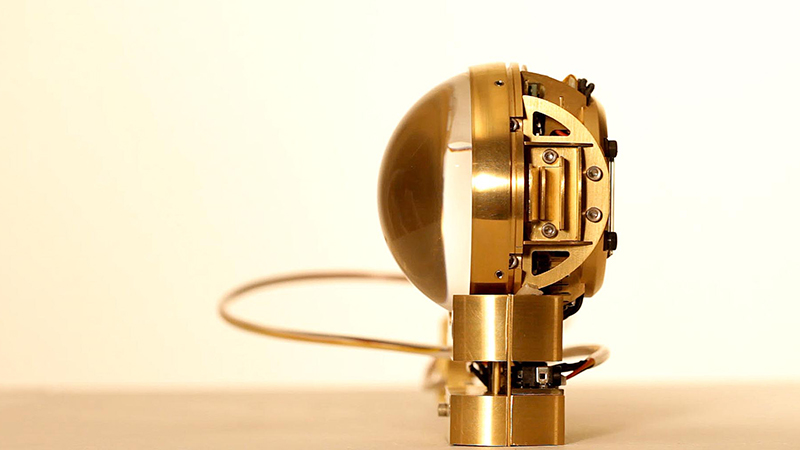Biography
SWAMP (Studies of Work Atmosphere and Mass Production) focuses on critical themes addressing the effects of global corporate operations, mass media and communication, military- industrial complexes, and general meditations on the liminal area between life and artificial life. SWAMP has been making work in this vein since 1999 using a wide range of media, including custom software, electronics, mechanical devices, and often times working with living organisms. Matt Kenyon is a new media sculptor who lives and works in Providence Rhode Island, where he is also an Associate Professor in the Digital + Media Program at the Rhode Island School of Design where he runs the Interventions in Capitalism research group (with Edek Sher). From 1999-2012, SWAMP operated as a collaborative between Kenyon and Douglas Easterly. Kenyon now runs SWAMP solo. Kenyon has participated in numerous collaborations with artists, architects, and technologists, including McLain Clutter, Adam Fure, Tiago Rorke and Wafaa Bilal. Kenyon’s work has been exhibited internationally and collected by institutions including the Museum of Modern Art in New York. It has received a number of awards including the distinguished FILE Prix Lux Art prize. Reproductions of SWAMP’s work have been featured in mainstream publications such as Wired and Gizmodo, and also appear in edited volumes such as A Touch of Code (Gestalten Press) and Adversarial Design (MIT Press).
Tardigotchi
Installation
Tardigotchi is a SWAMP collaboration with Tiago Rorke
Tardigotchi is an artwork featuring two pets: a living organism and an alife avatar. These two disparate beings find themselves the unlikely denizens of a portable computing enclosure. In one half of the brass sphere is the alife avatar depicted on an LED screen, and in the other half is a tardigrade which lives within a prepared slide.
A tardigrade is a common microorganism measuring half a millimeter in length. The alife avatar is a caricature of this tardigrade. Its behavior is partially autonomous, but it also reflects a number of the tardigrade’s expressions that are derived from daily activities like eating.
This portable sphere playfully references the famous Tamagotchi toy from the 1990’s. What is interesting about this toy is how it encourages pet-owner behavior through a device that is ostensibly more like a cell phone than a Chartreux. Does simple interaction engender emotional attachment? Can feelings of affection blossom from the ritual of assisting the persistence of a pattern? Does biological life make a difference?
A Tardigotchi owner tends to the real and a virtual creatures simultaneously. By pushing a button, the virtual pet is fed, which in turn will feed the tardigrade. Tardigotchi has a social web presence: Sending an email to the virtual character triggers a heating lamp that relays a momentary signal of warmth to the tardigrade. At the same time, the pixelated tardigrade is prompted to recline and soak up animated sun rays.
Tardigotchi applies a salve to our yearnings for care and nurture through a unique design that symbiotically merges biological and artificial life within a single interface and enclosure. It also serves as a reminder for the special place humans have in communing with other animals—and perhaps equally for artificial ones. We, along with the inhabitants of Tardigotchi and every other living being, are neighbors subsisting on a single, incredibly precarious ecosystem.


 Español
Español
